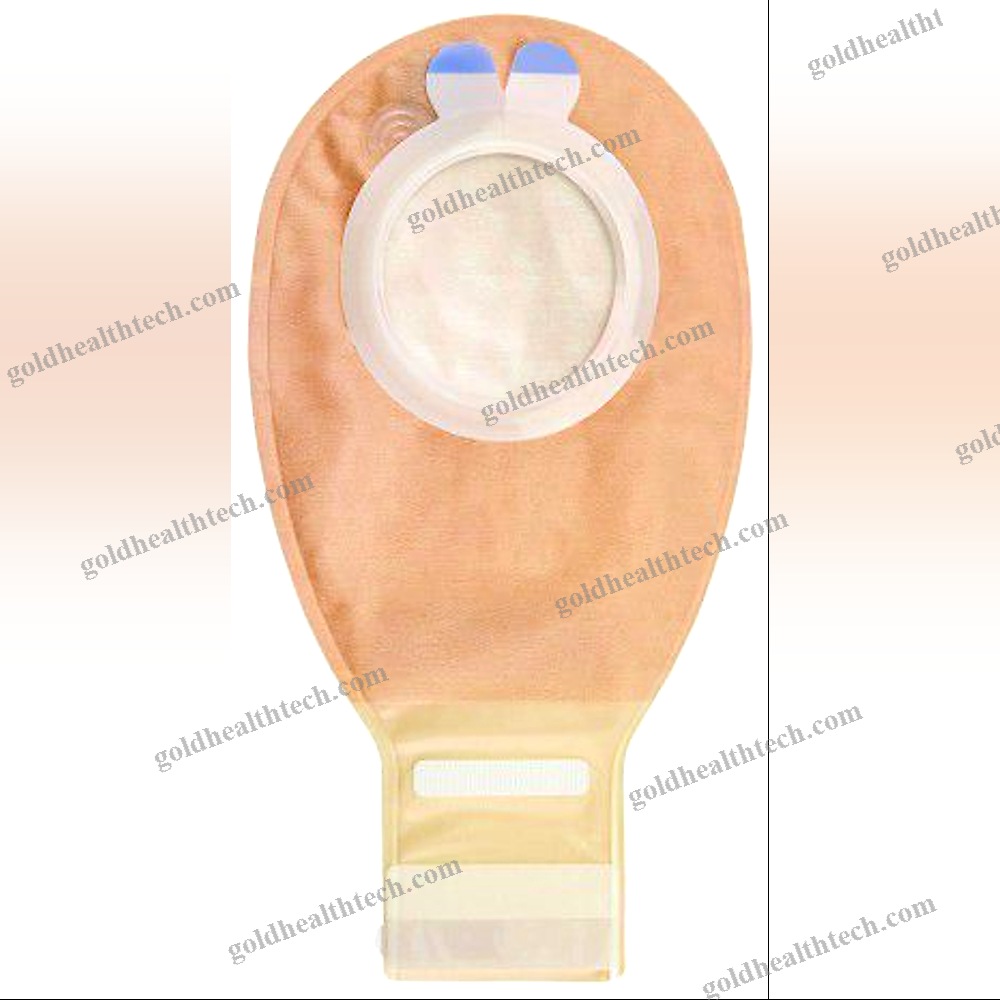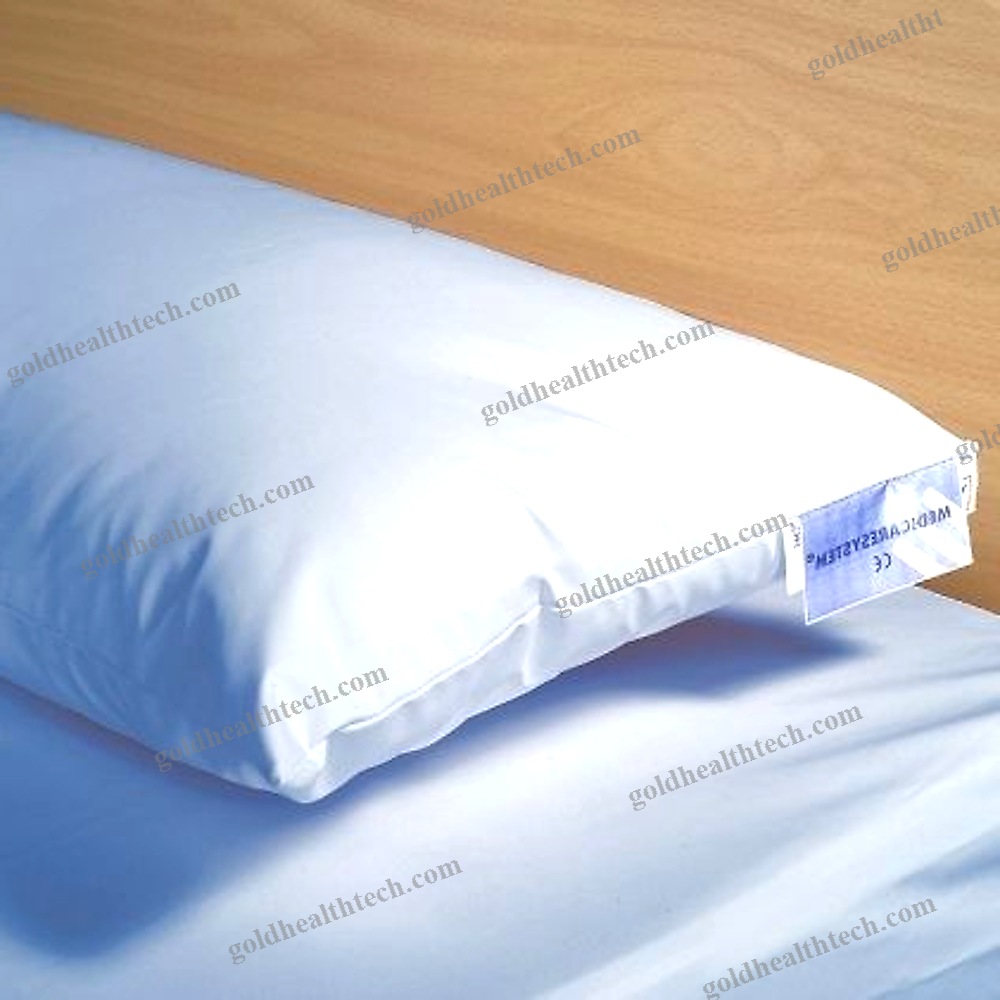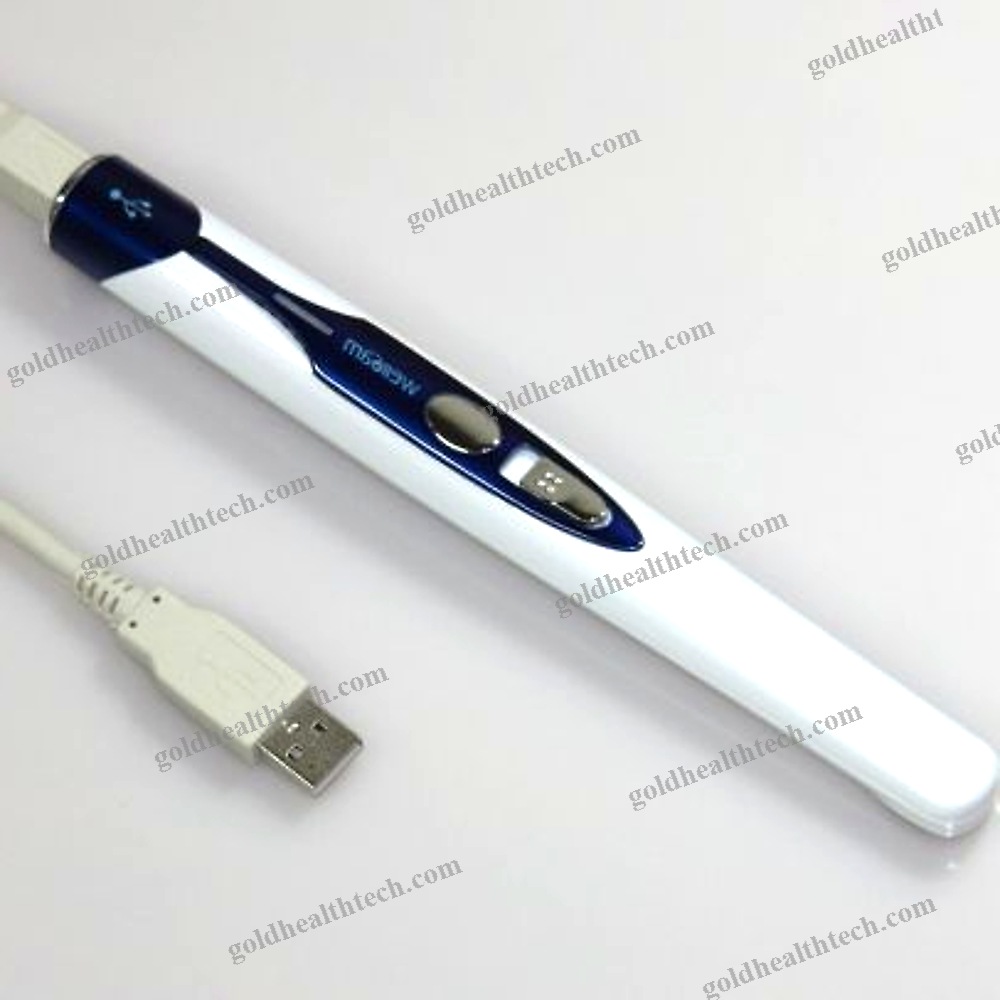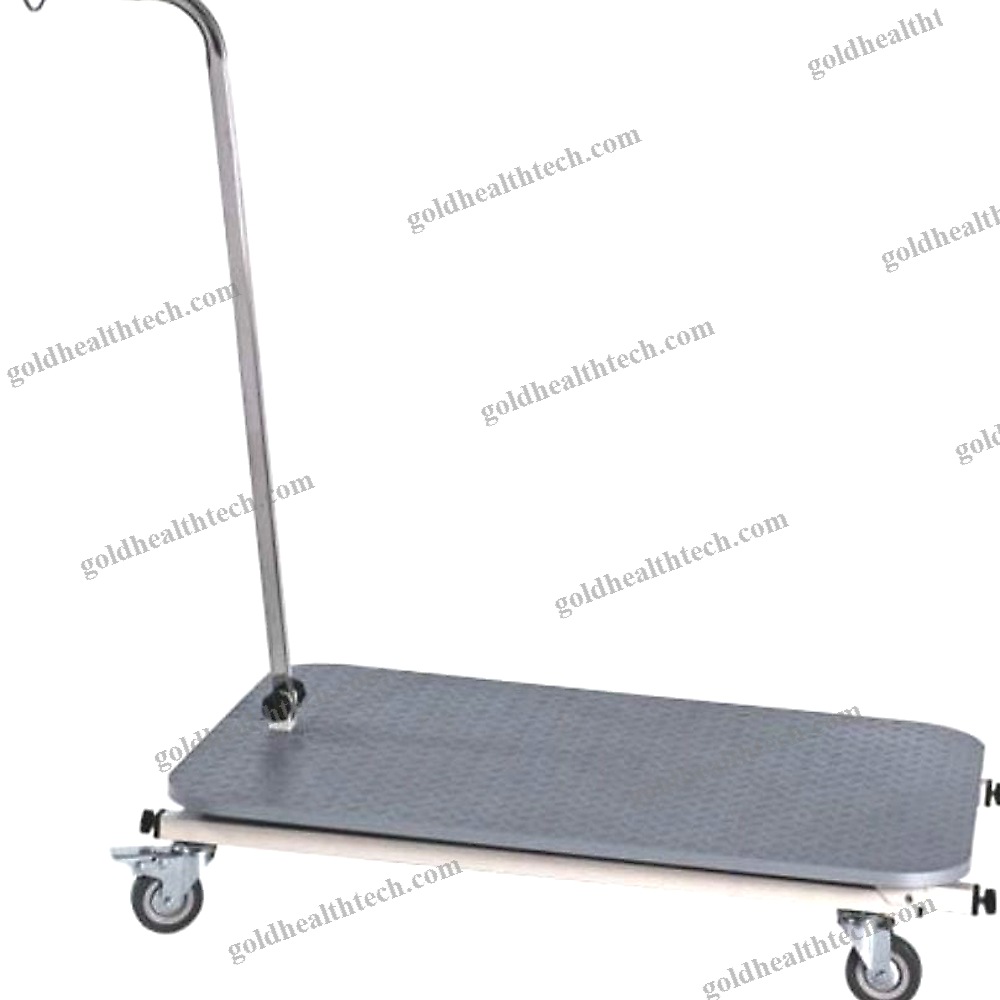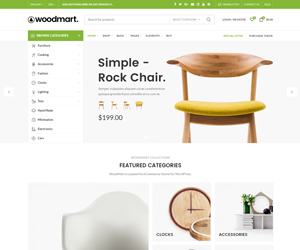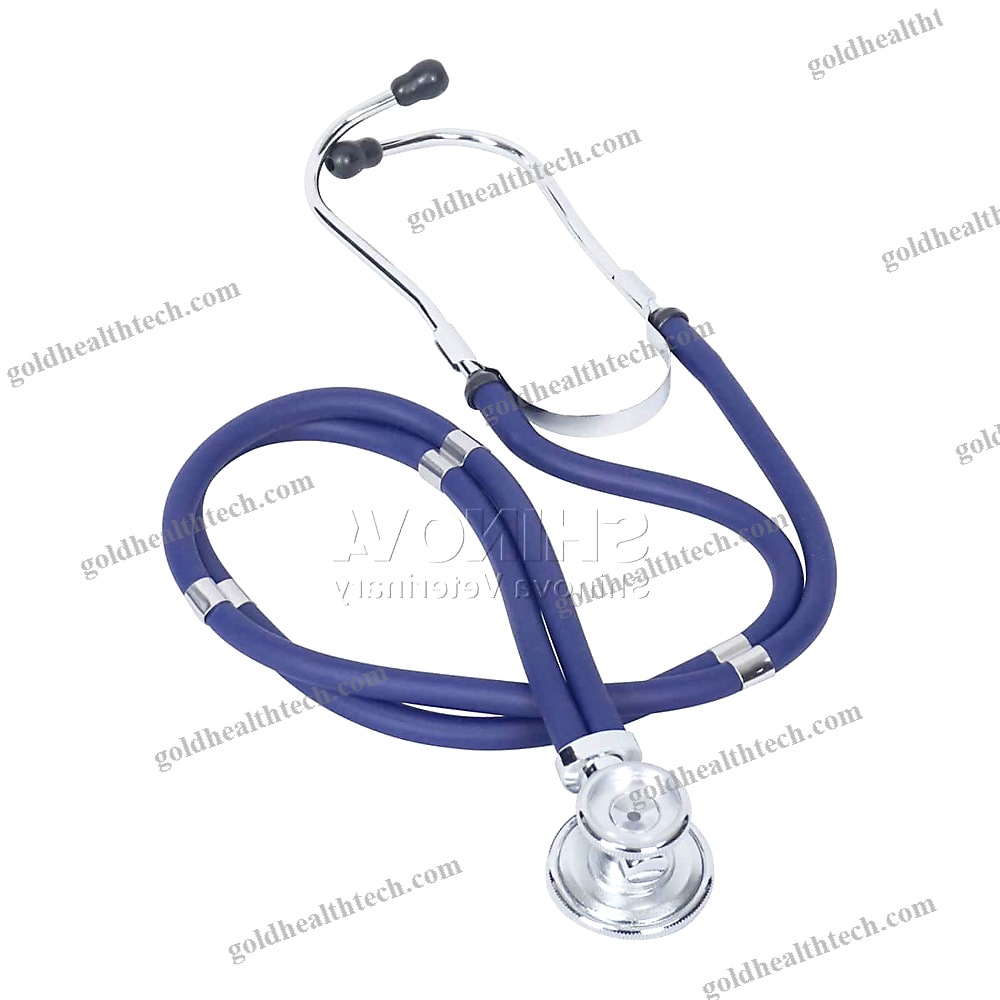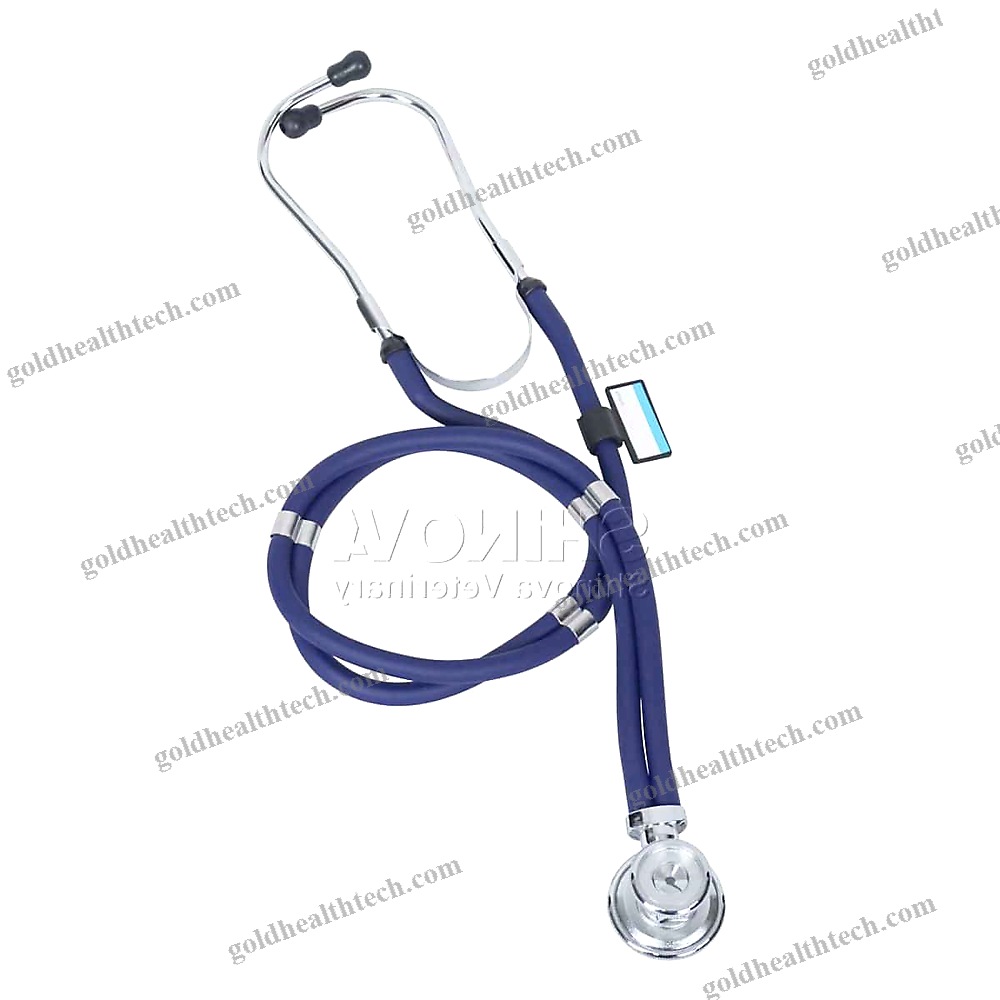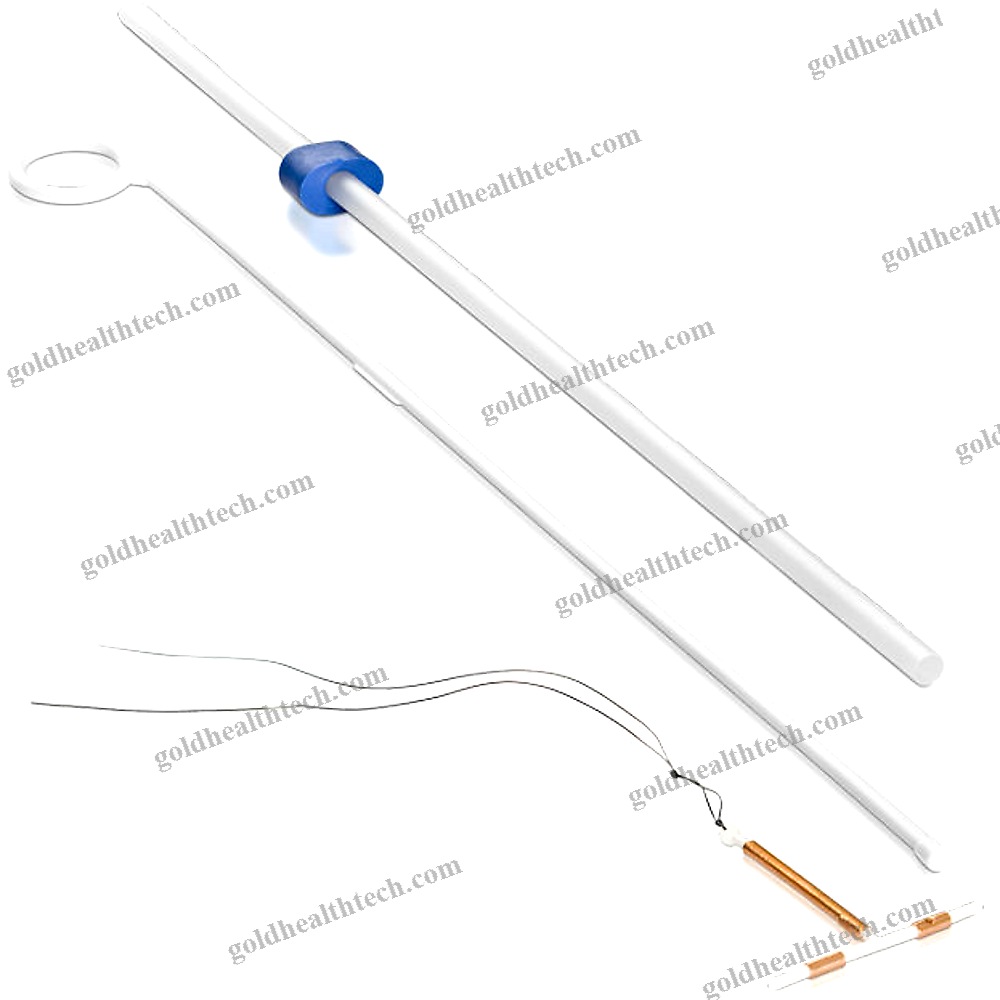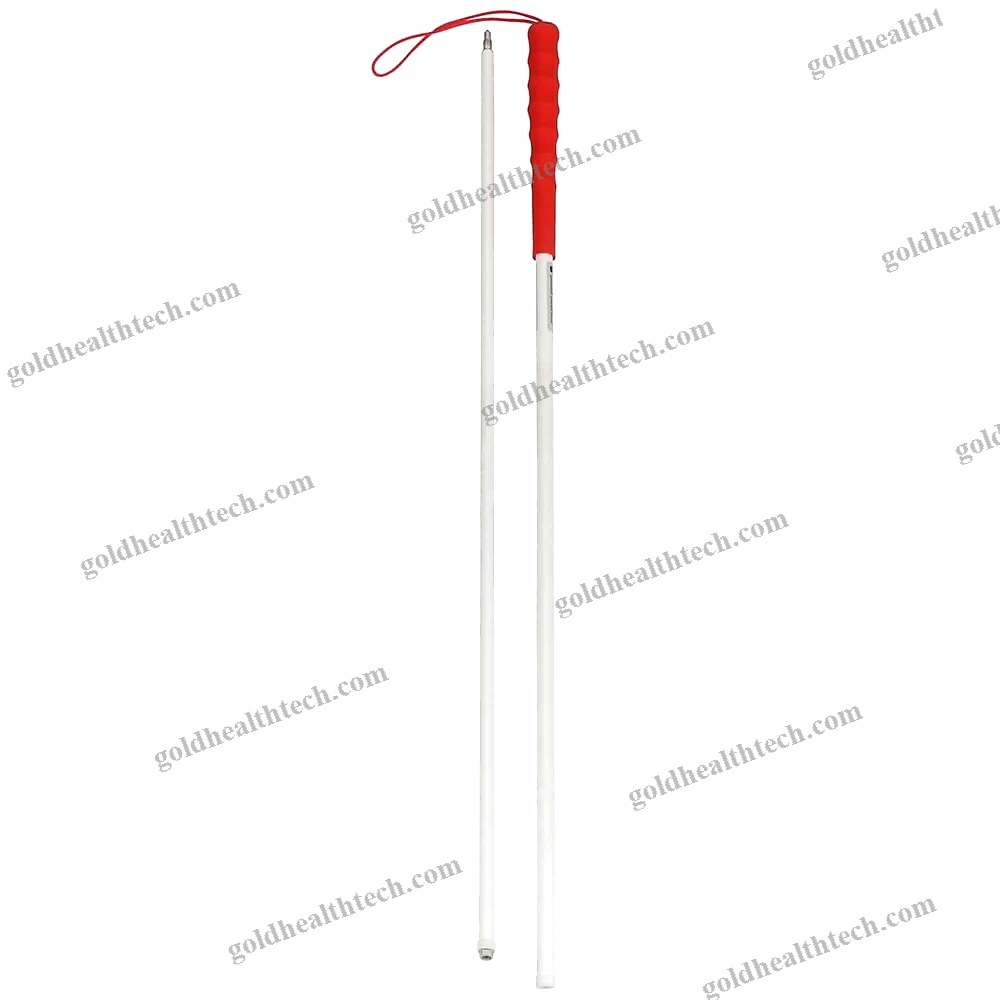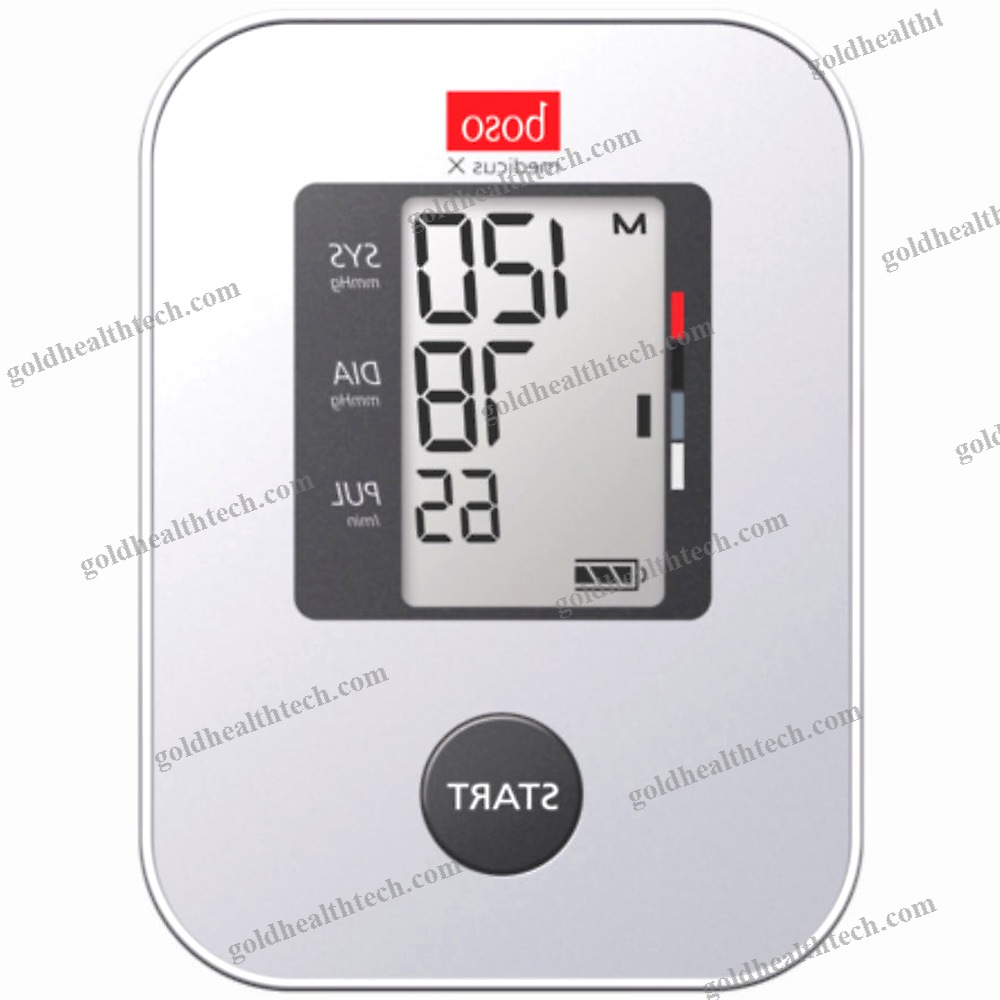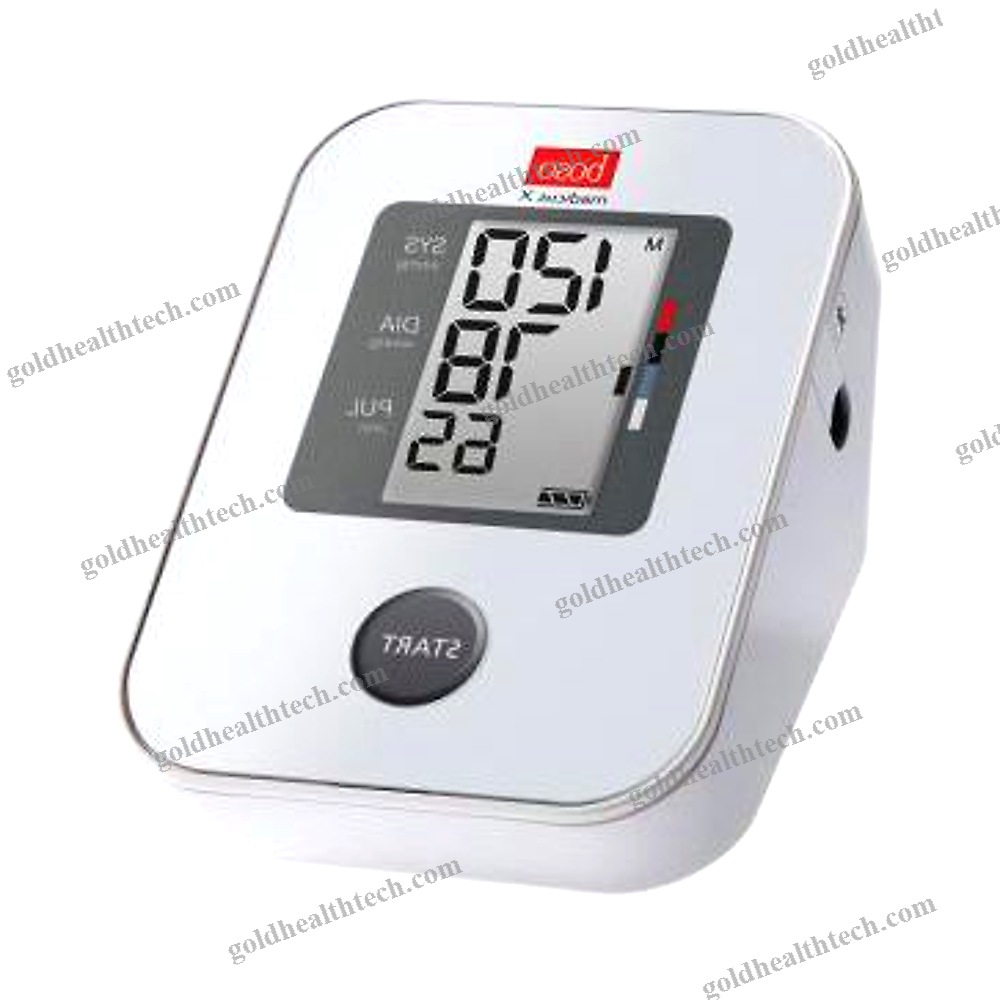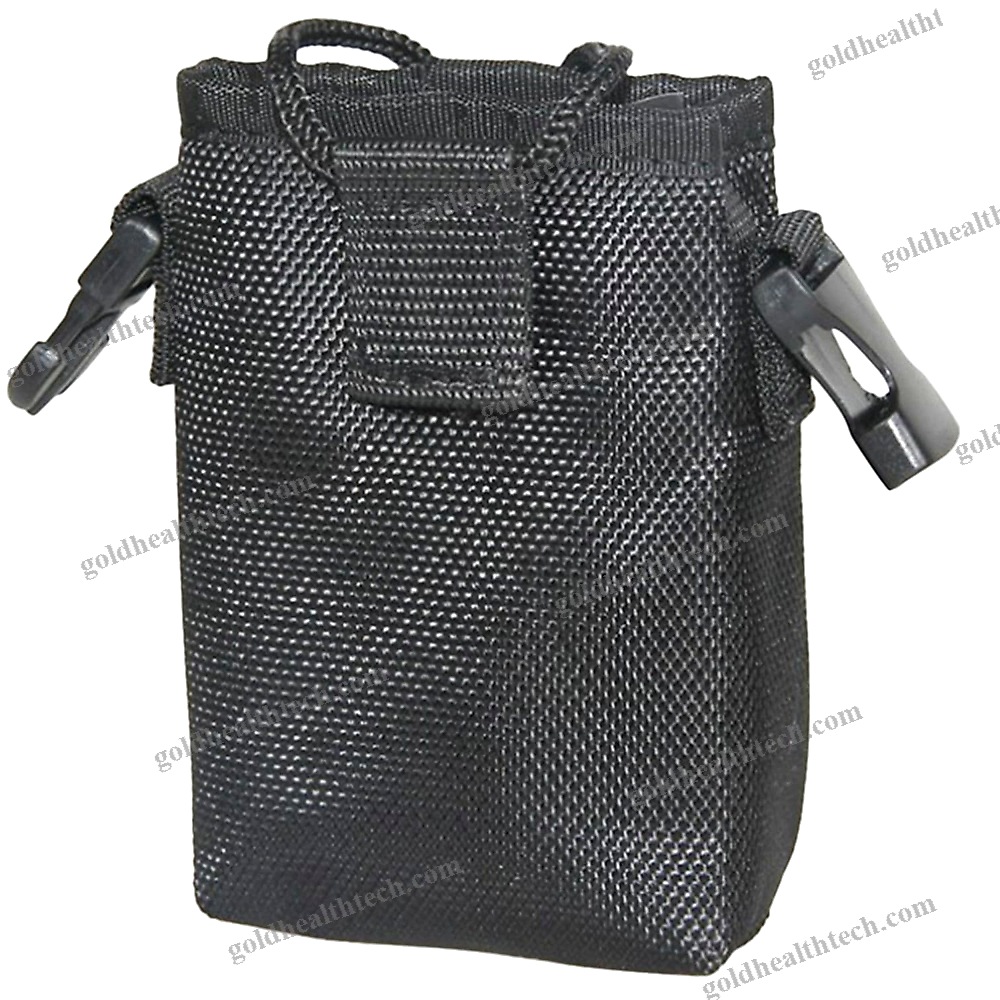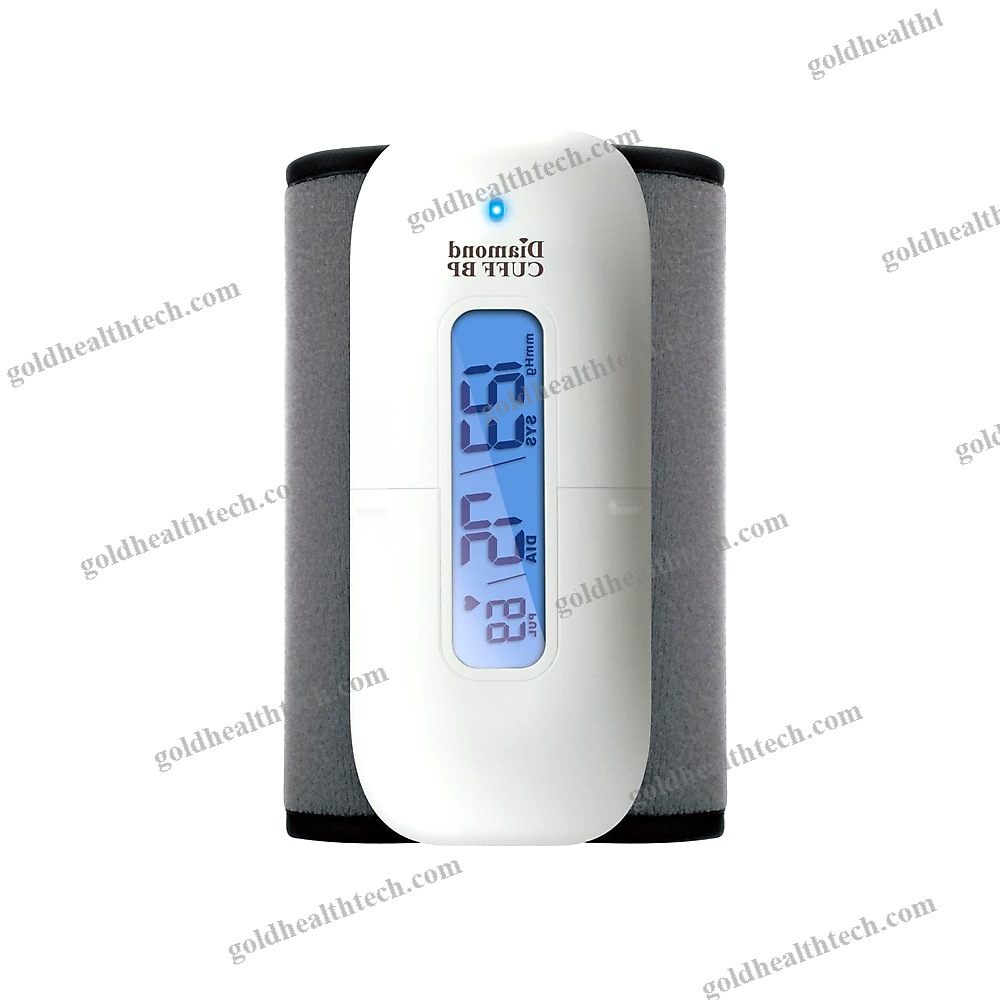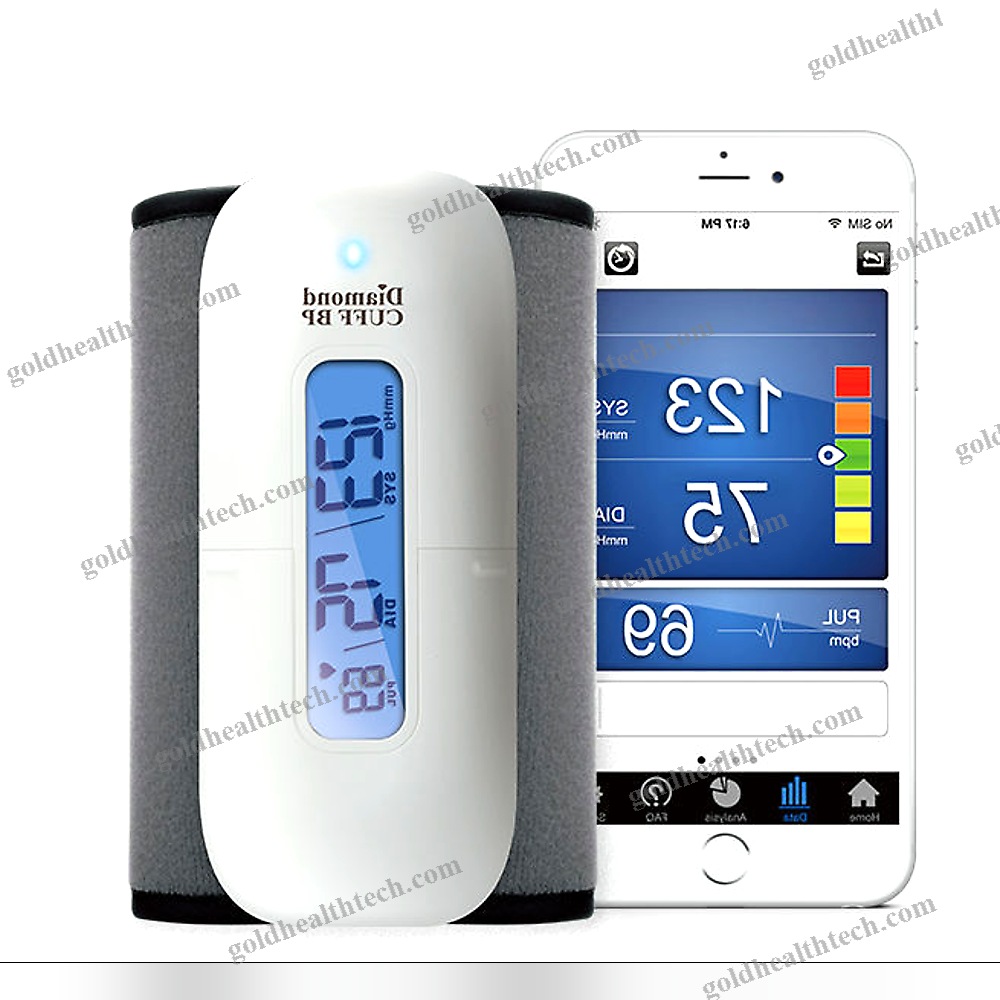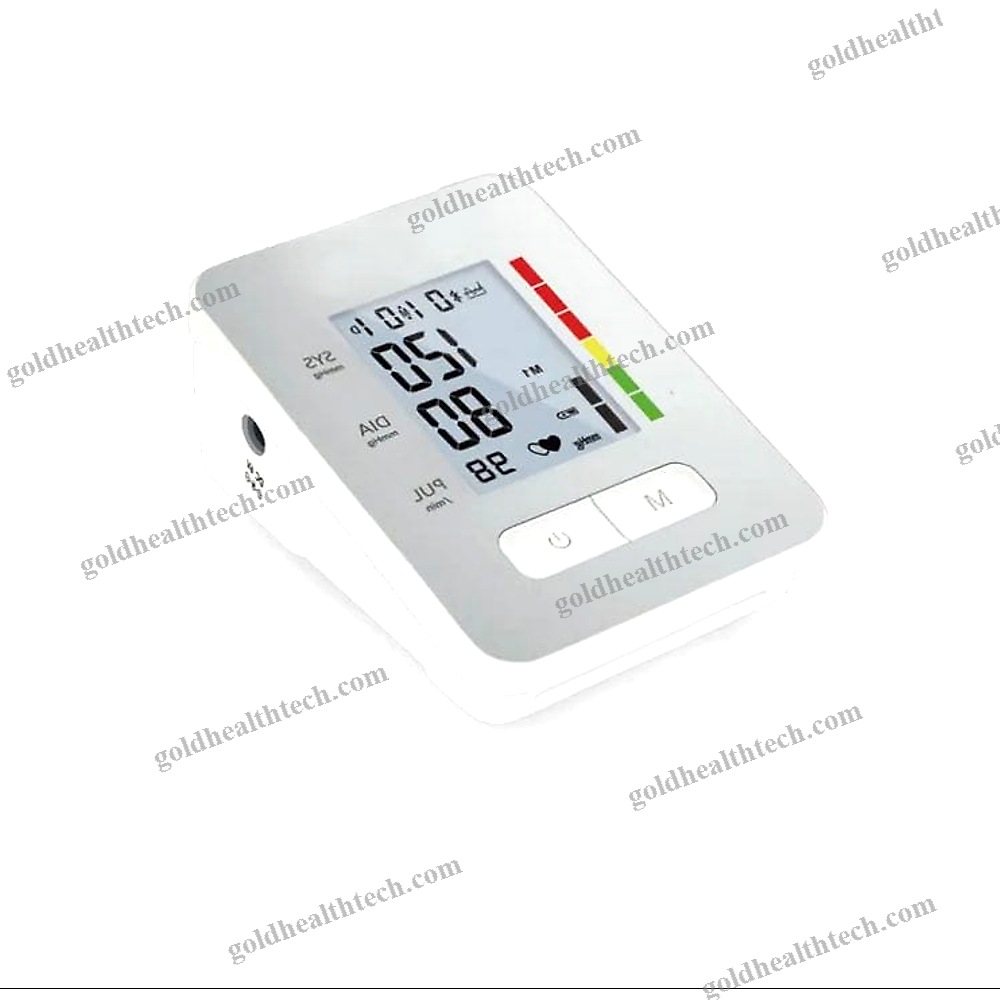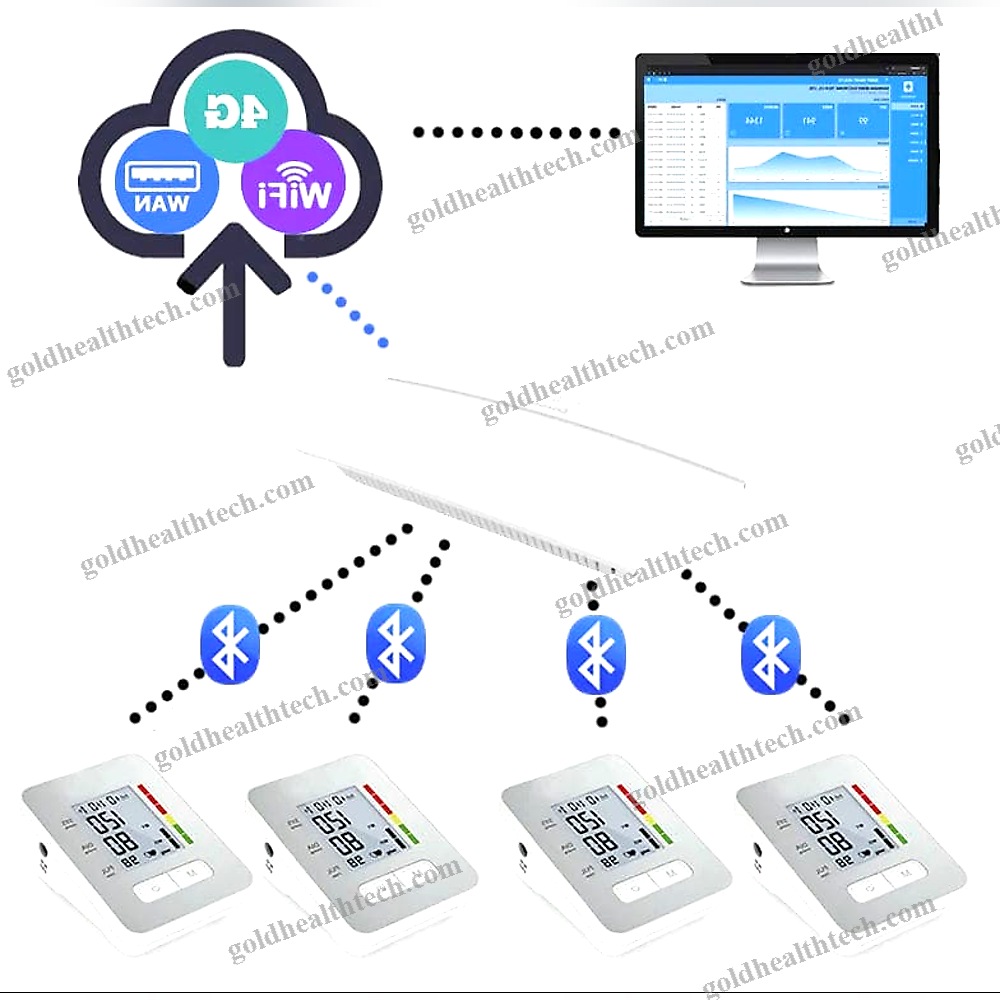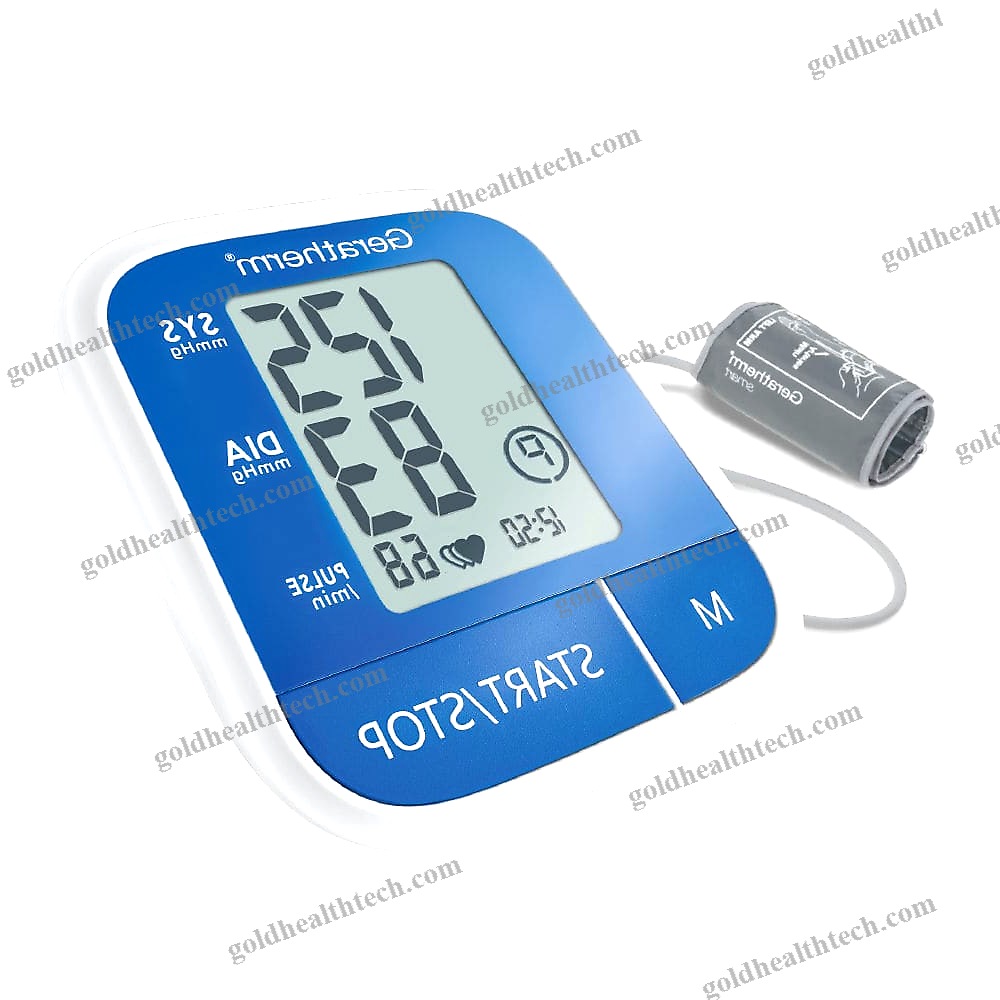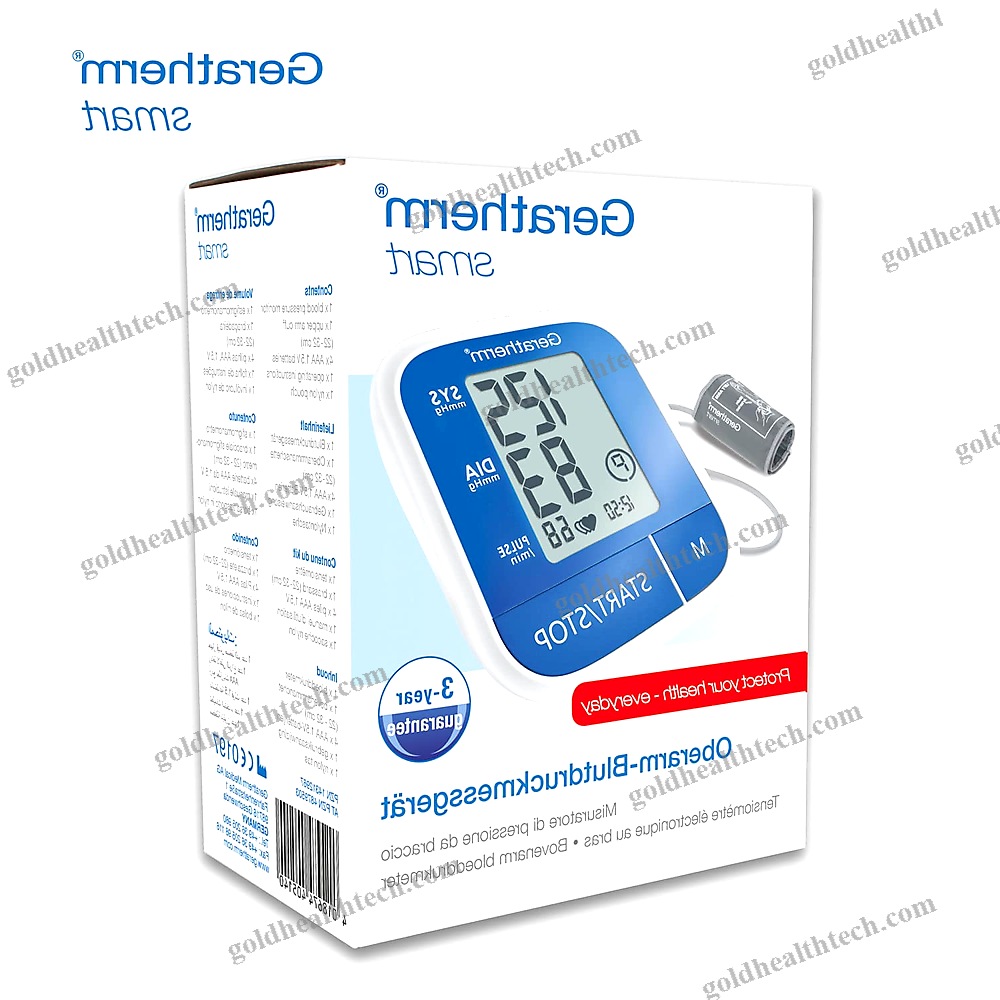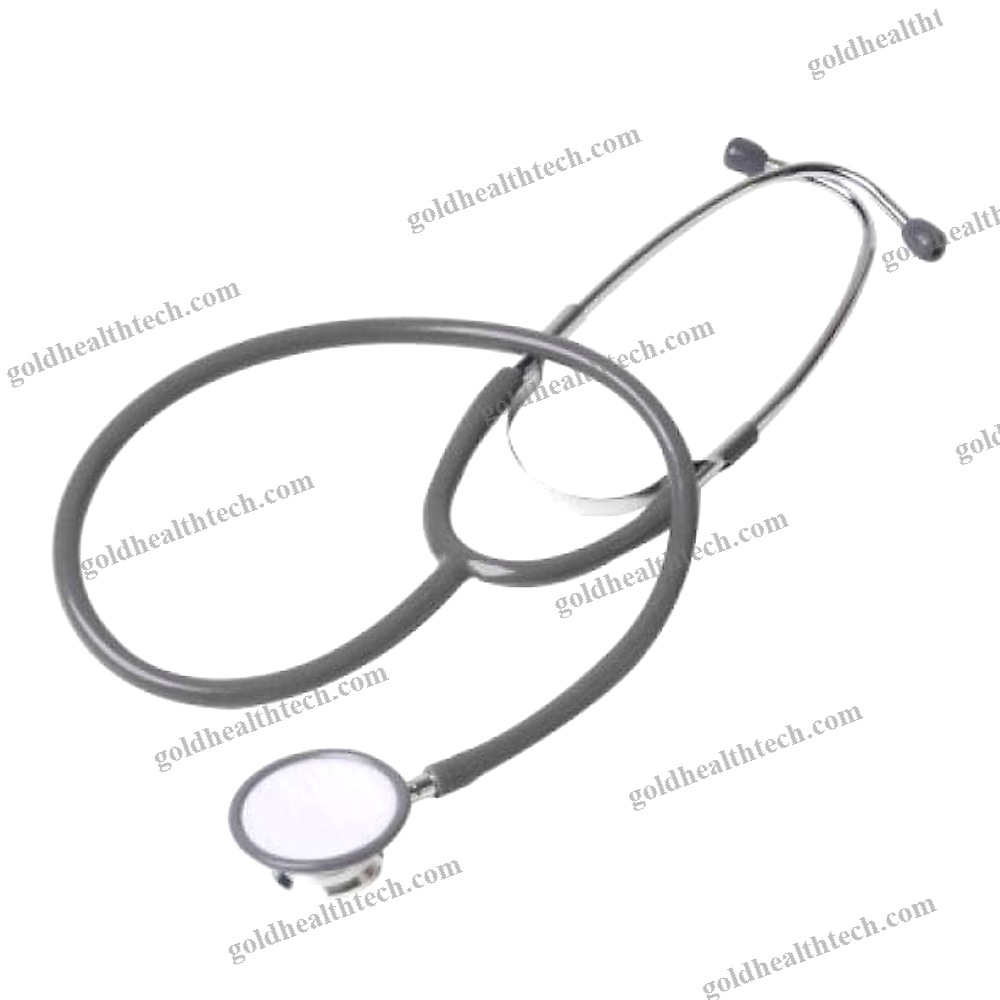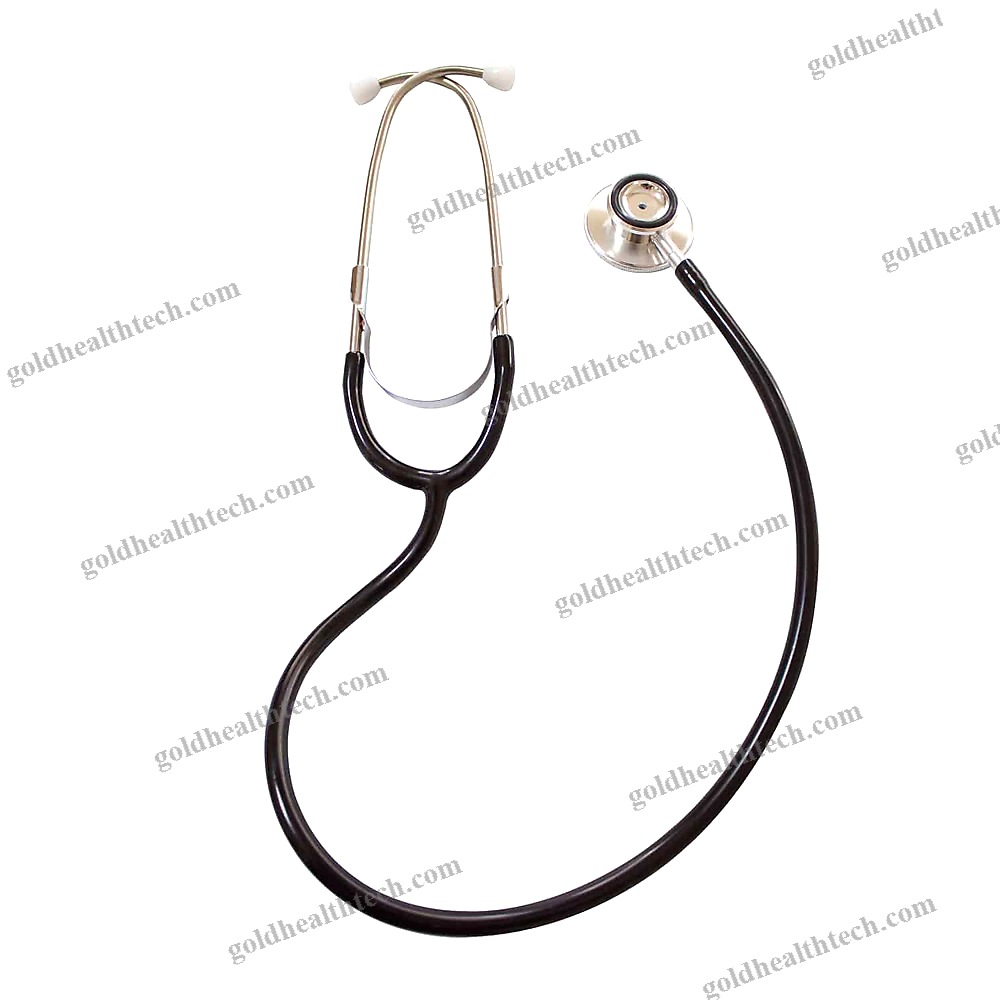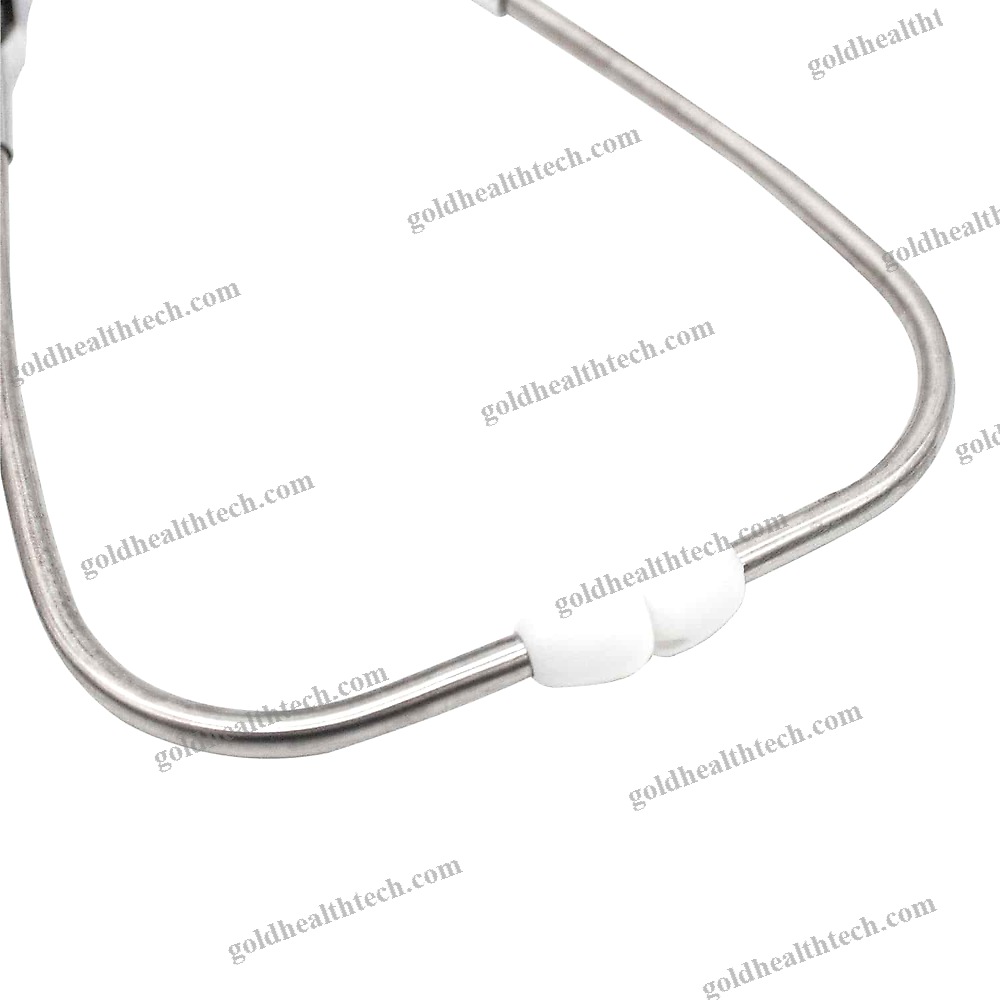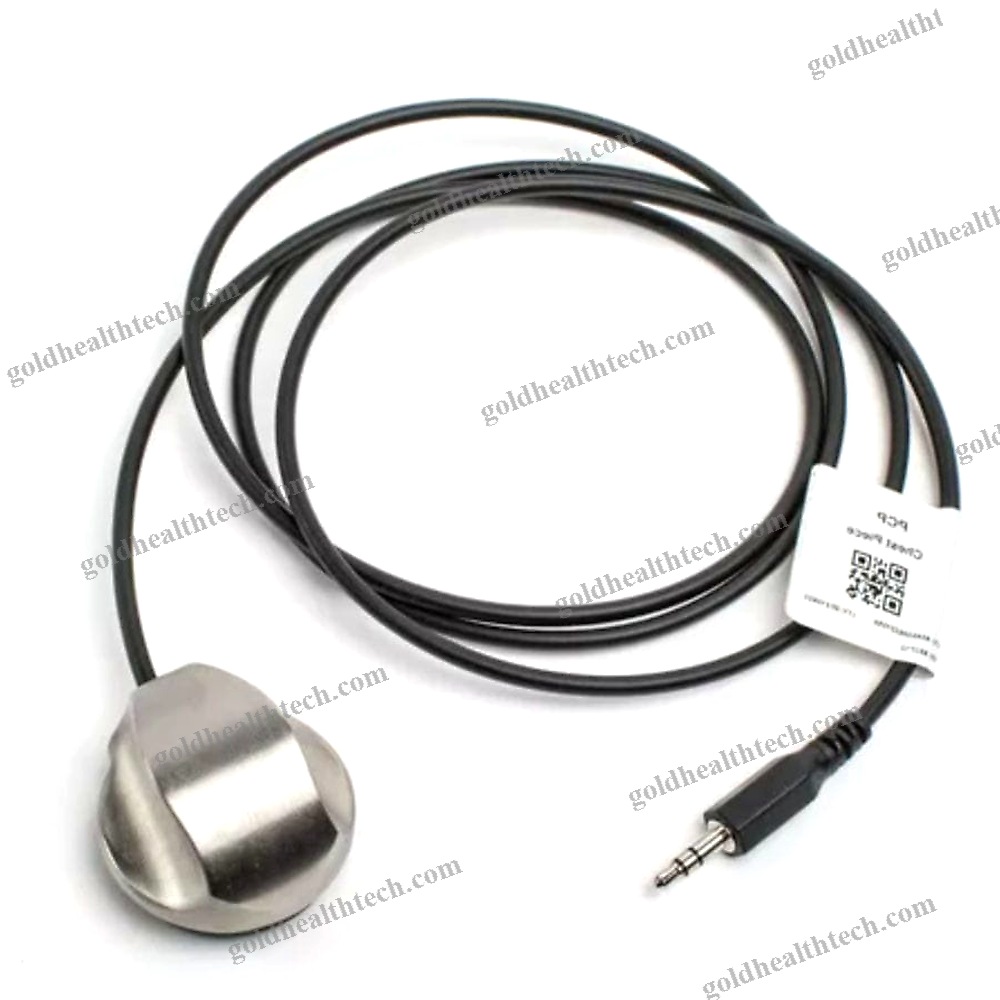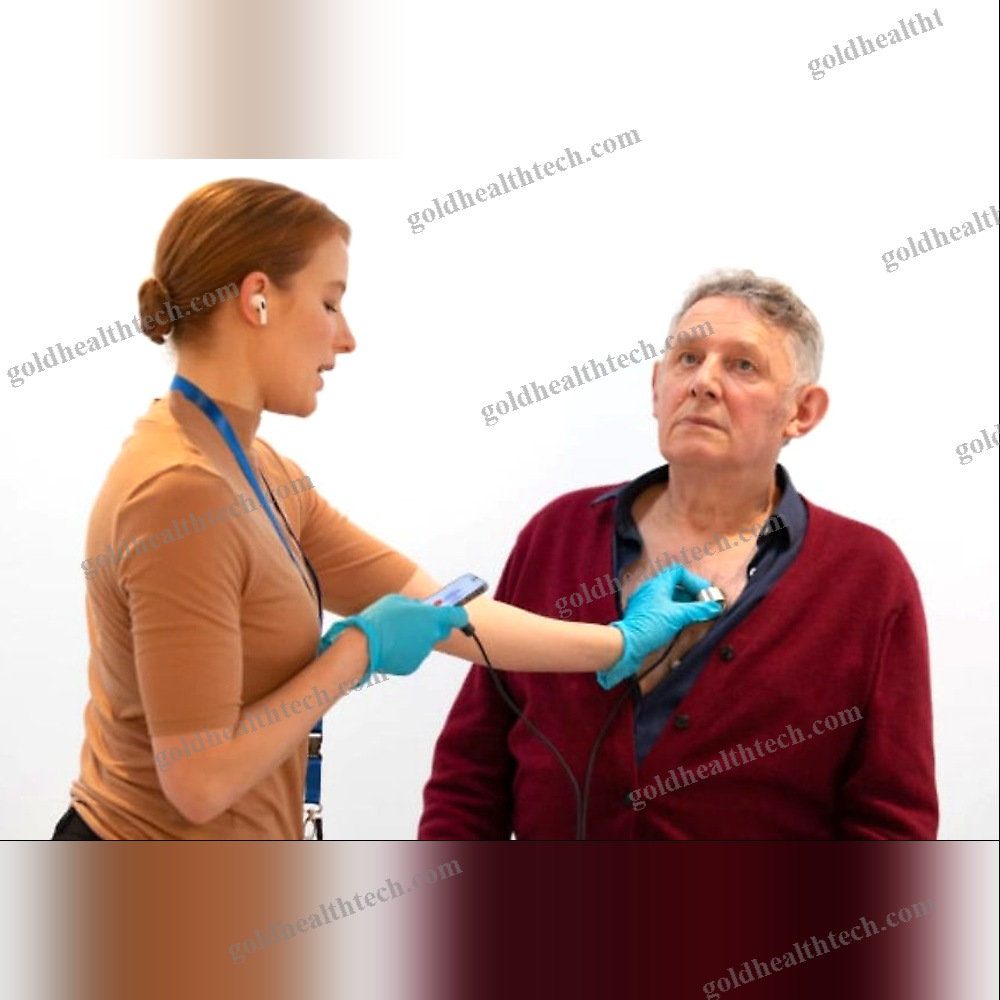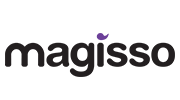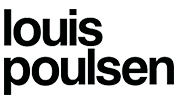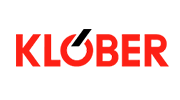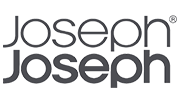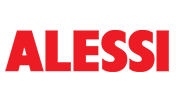Veterinary Stethoscope
| Type | Dual-Head |
| Applications | Veterinary |
| Chestpiece Material | Stainless Steel |
The VS-100 Multifunctional Veterinary Stethoscope provides acoustic integrity and clarity, enabling the precise auscultation of Korotkoff, lung, and heart sounds. An ergonomic design guarantees the comfort of both the veterinarians and the patient animals, even during prolonged use. VS-100 is a diagnostic instrument of the highest quality, featuring unparalleled durability, performance, and aesthetics for large, medium, and small animals.
VS-100 is frequently employed to detect vital signs in the heart, lungs, and pulse of animals.
1. Cardiovascular assessment of animals: to listen to heart sounds, murmurs, and heart rate.
2. Animal respiratory: to identify lung lesions and listen to lung breath sounds.
3. In veterinary diagnosis, it is employed to amplify the pulse sound when measuring animal blood pressure.
4. The heart sound of the fetus during pregnancy is ascertained by measuring animal fetal sound.>
1. The diaphragm is constructed from premium-quality polyester material that is impervious to abrasion and exhibits no distortion.input:
output:2. The auscultation head is constructed from a high-quality zinc alloy material and features exceptional craftsmanship. The auscultation surface can be flexibly switched by the rotating shaft, which can rotate 180 degrees. The earrings are balanced and adjustable.input:
output:3. The hose is anti-aging and soft.input:
output:4. The earplugs are constructed from a high-elastic PVC synthetic material that is imported and provides a comfortable fit. Additionally, they do not leak sound. It disassembles and cleans effortlessly.input:
output:5. The VS-100 multi-function veterinary stethoscope is a universal design that is equipped with a double-sided flat hearing block and a large,
Common Shipping and Delivery Considerations
- Packaging:
Medical devices need secure packaging to avoid damage during transit, including shock-absorbing materials or custom foam inserts. - Compliance with Regulations:
Ensure compliance with local and international standards (e.g., FDA, CE) and shipping regulations like Good Distribution Practice (GDP). - Temperature Control:
Some devices require temperature-controlled shipping (e.g., refrigerated trucks or special packaging) to maintain product integrity. - Tracking and Documentation:
Shipments should be tracked with necessary documents like invoices, certificates, and import/export paperwork. - Lead Time:
Plan ahead for lead times, which can vary depending on the equipment size and delivery location. - Insurance: Due to the high value of medical equipment, consider insurance to protect against loss or damage during transit.
- Customs and Import Regulations: Account for customs procedures and tariffs when shipping internationally, ensuring proper documentation.
- Special Handling:
Fragile or hazardous medical devices may require special handling, with clear labeling to ensure proper care. - Delivery Method:
Choose the appropriate shipping method (air, sea, or ground) depending on the equipment’s size, value, and urgency. - Returns and Reverse Logistics:
Have a clear process in place for returns, repairs, and warranty claims if necessary.
